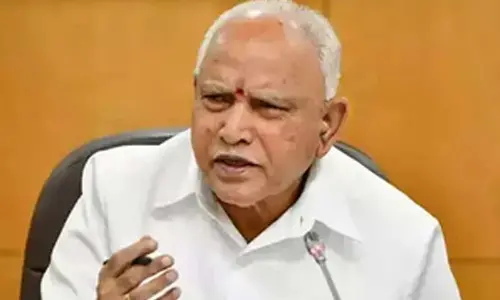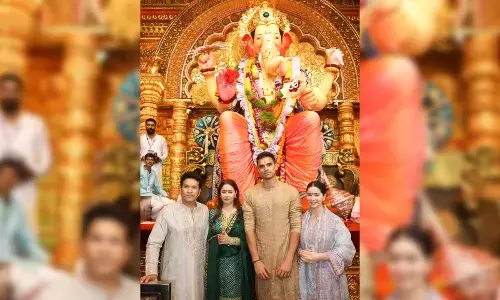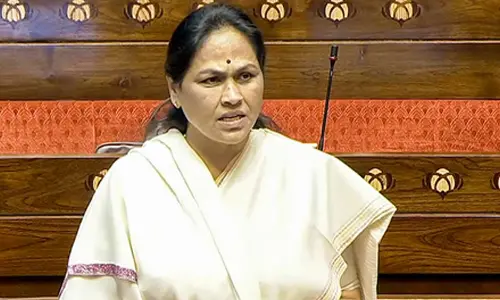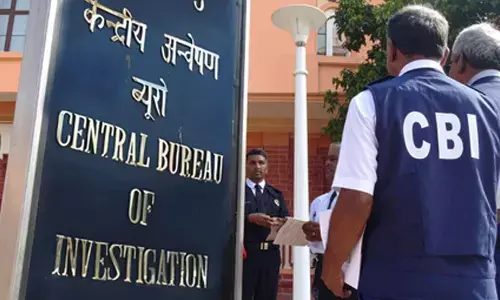The stifling effect of alternate banking on bank strikes
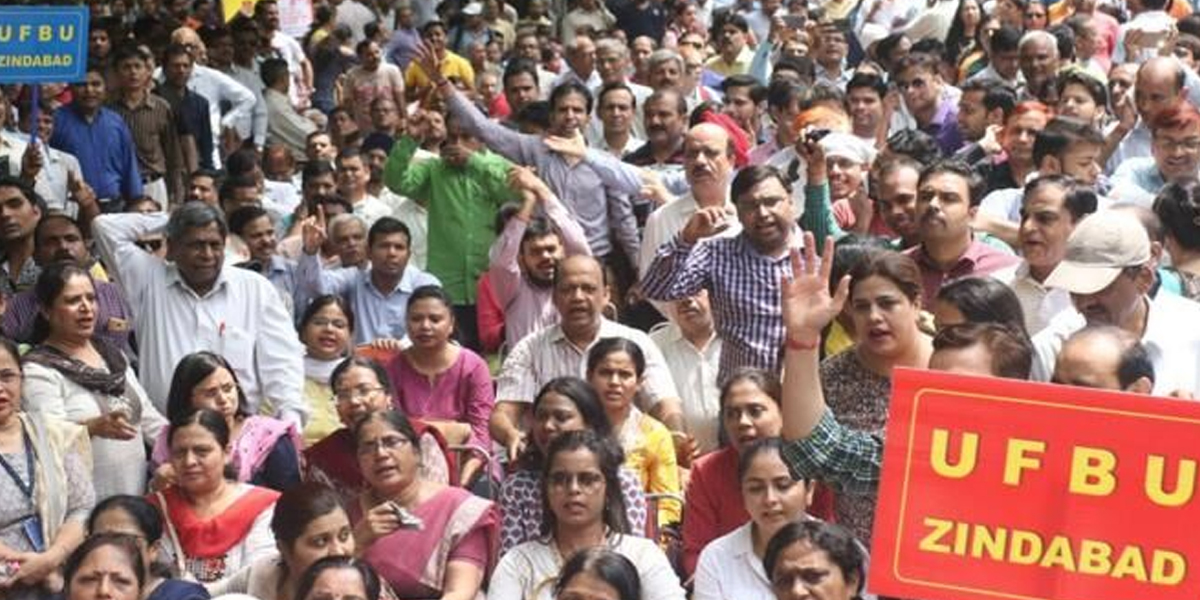
In an attempt to gain a concession or two from their employer, in general, as a matter of course, the employees protest in the form of a strike a refusal to work organised by a body of employees As far as India is concerned, unlike the US, the right to strike is not recognised principally by the law Just by legalising certain activities of a registered trade union in the continuance of a tra
In an attempt to gain a concession or two from their employer, in general, as a matter of course, the employees protest in the form of a strike — a refusal to work organised by a body of employees. As far as India is concerned, unlike the U.S., the right to strike is not recognised principally by the law. Just by legalising certain activities of a registered trade union in the continuance of a trade dispute which otherwise a breach of common economic law, the Trade Union Act 1926, for the first time, delivered limited right to strike.
It entails — in line with the Constitution of the Republic of India — the right to strike is not an absolute right. Still, it streams from the fundamental right to form a union. Just like all other fundamental rights are subject to some reasonable restrictions, the case of trade unions giving a call to the workers to go on strike is also subjected to some sensible restrictions.
Bowing to all such utilitarian precincts, usually, the bank unions give a call of the strike, well in advance. A million Indian bank employees have been going on strike to get their legitimate rights achieved, at regular intervals of time. Nonetheless, the effectuality of these strikes has been a question of concern in the framework of the availability of alternate banking channels to the customers of the demonstrating banks.
Analysing the customer base of Indian Banks, in accordance with the Avaya Banking Survey of 2017 that covered 5,004 panellists in some countries including India, it becomes evident that 51 per cent of Indians use online banking channels while 26 per cent of Indian customers prefer to access services through their bank’s website. These figures denote that reasonably a good number of customers prefer to use online banking channels.
Likewise, as revealed by a study on alternative services in promoting cashless economy after demonetisation in India, a majority of the people agree that e-wallet service offered by many agencies has an inflated potential space in India. Indubitably, many e-wallet service providers have turned the worse demonetisation situation to their advantage — it is evident all the way through. For example: in Hyderabad, almost all wayside tea vending stalls have a display board stating, “Paytm Accepted Here”.
The promotion of digital banking channels like UPI, which has been undertaken by the Indian Banks, has also been proven successful in India. To the degree that the NCPI statistics on UPI in November 2018 are taken into account, there are 128 banks that were live on UPI with a volume of 524.94 million users, who have done business transactions worth Rs 82,232.21cr during the month.
Apart from the net banking, e-wallet services, and other digital banking services, the customers have plentiful other options like Automated Teller Machines (ATMs), Bunch Note Acceptors (BNAs), Passbook Printers, Credit/Debit Cards, etc. All these facilities would nearly serve the bank customers during the strike period.
Then again, if we examine the behaviour of the customers of the Indian Banks, excluding the business class, most of the customers visit the banks hardly once in a fortnight. A timely call given for the strike by the unions would definitely alert the customers to get their impending jobs done well before the strike day.
Beyond doubt, together, all these alternative banking channels have been making the strike undertaken by the bank employees, ineffectual to a convinced extent. Categorically, this issue turns out to be a major concern for the banks in achieving their demands.
It is a matter of point that the bankers go on strike while sacrificing their wages for the period of the strike, without engendering a greater impact due to the availability of alternate banking channels. Just by considering a mediocre forego of one day’s salary by all the one million Indian bank employees @ Rs 2000 (a rough average salary of a bank employee) per day, it is implicit that the bank employees have been fighting for their genuine demands by sacrificing Rs 20 crore per each day of the strike.
In conclusion, it should be agreed that the banks support all financial welfare schemes undertaken by the government. Of course, the banks play a crucial role in monetary missions like demonetisation too. The role played by the banks in achieving targets set by the government is ever commendable. However, the bankers are becoming squashed in both by the customers and the competent authorities. In such a situation, there is no doubt that the bankers go on strike to achieve their genuine demands.



